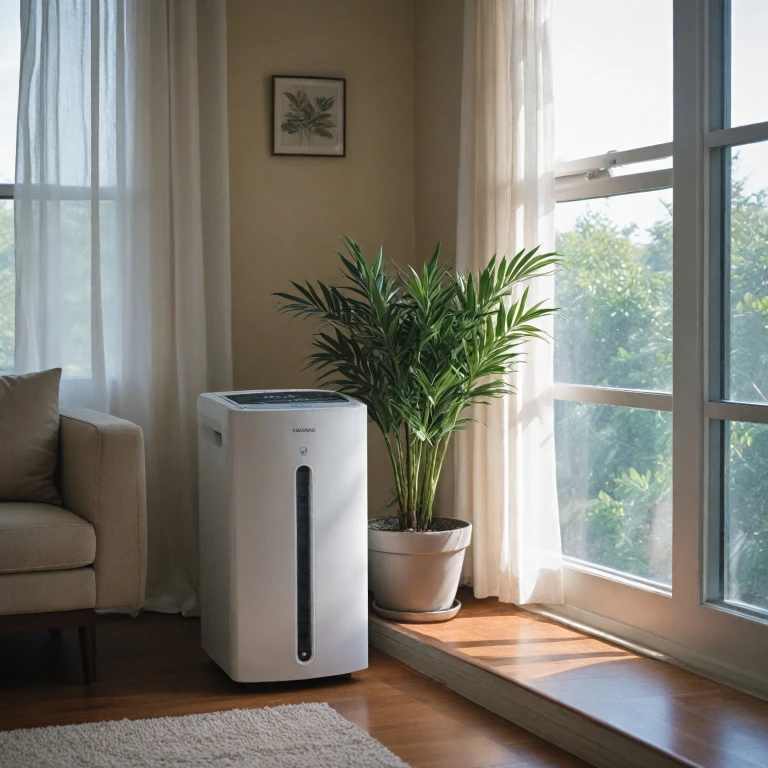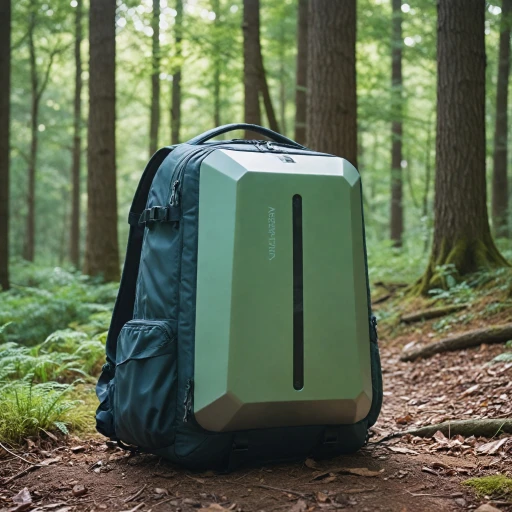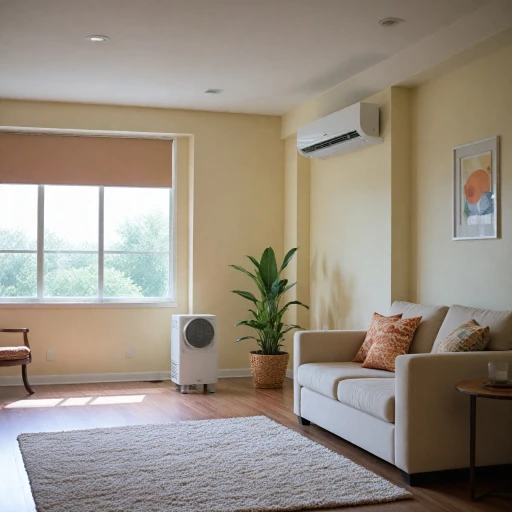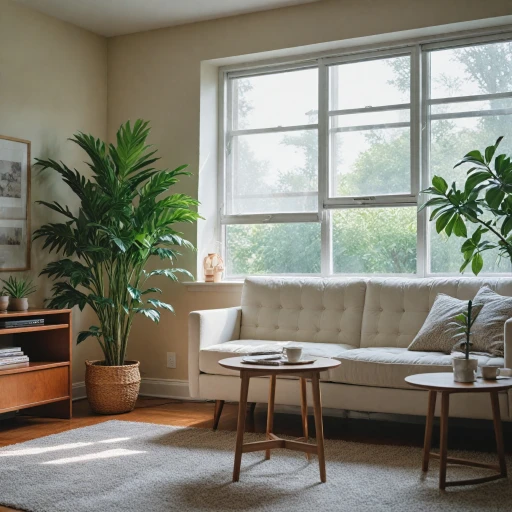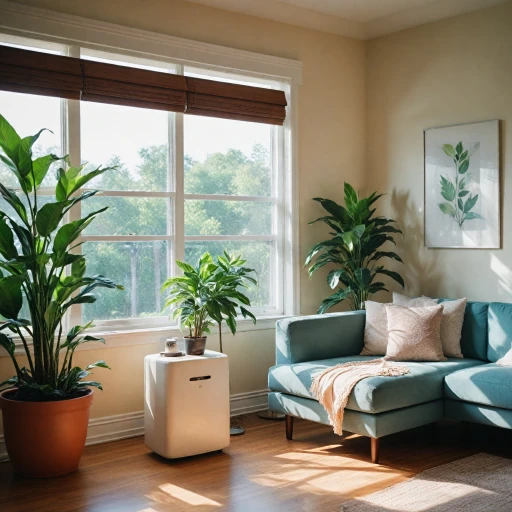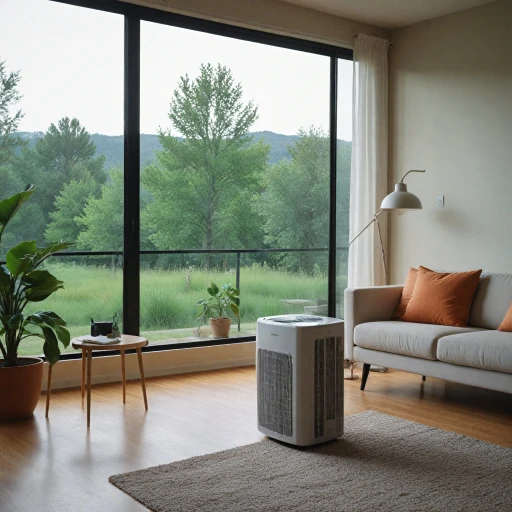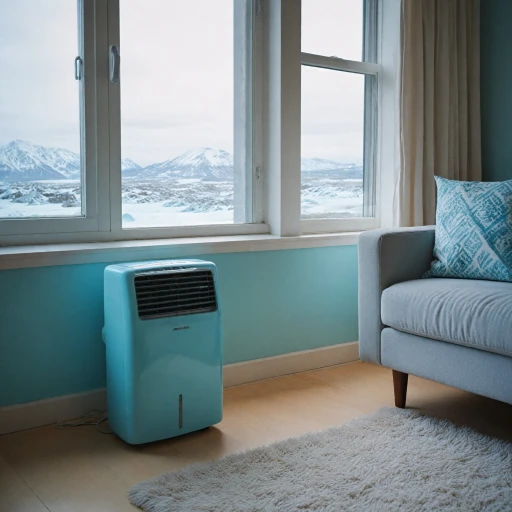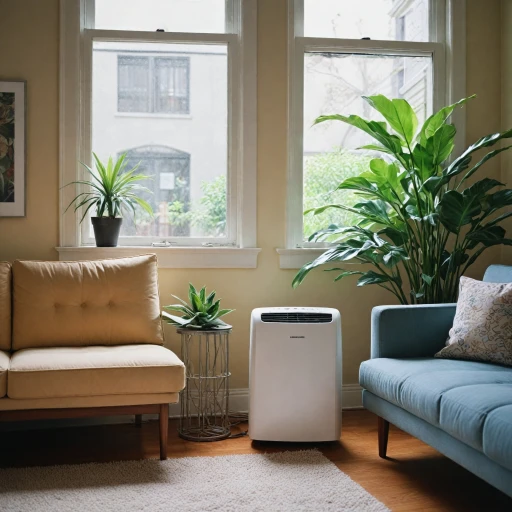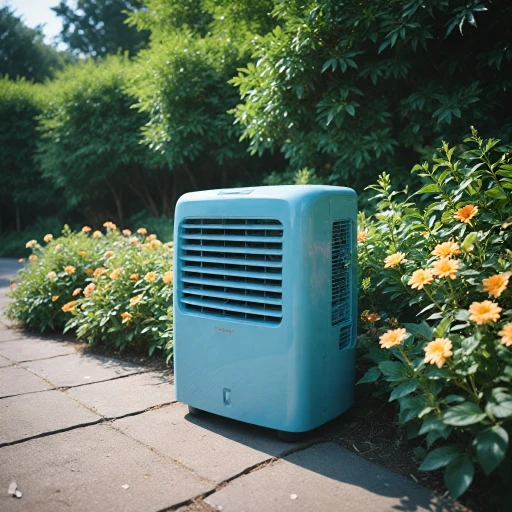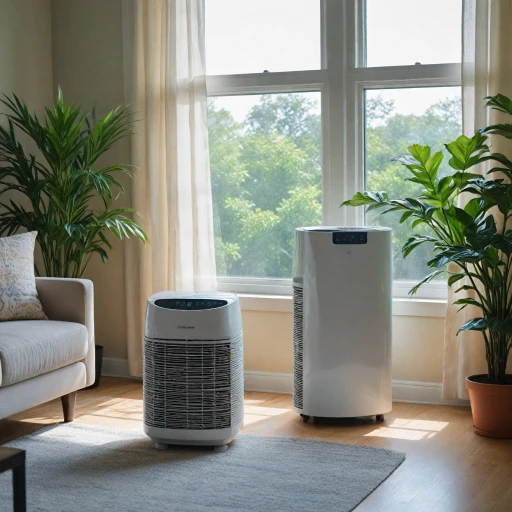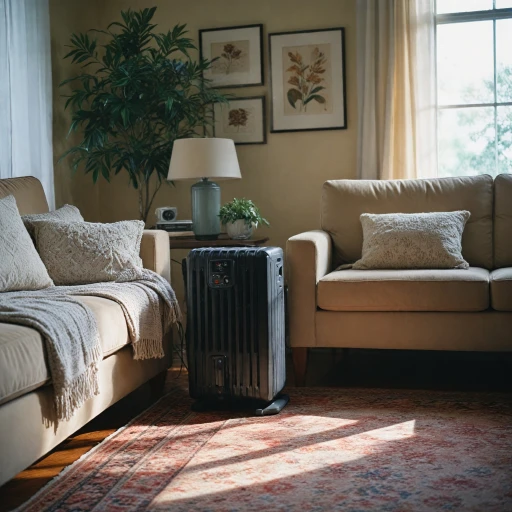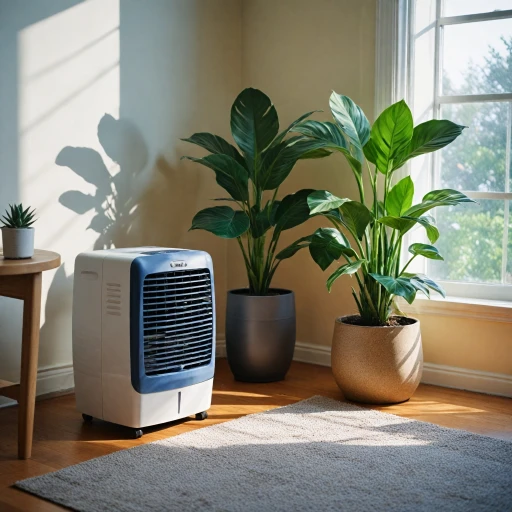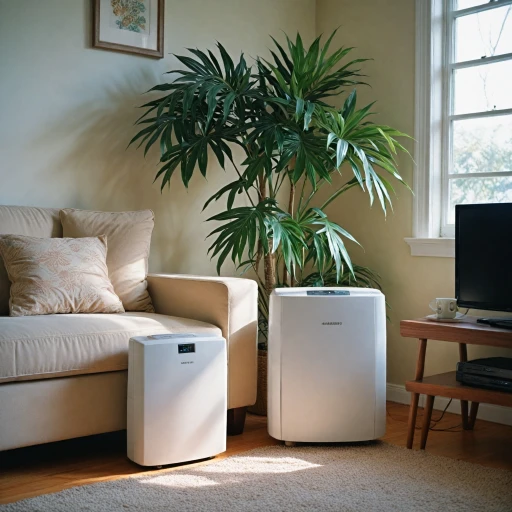
Understanding Noise Levels in Portable Air Conditioners
Key Factors in Noise Levels of Portable ACs
Understanding noise levels in portable air conditioners is crucial when selecting the perfect unit for your home. When shopping for a portable AC, you'll encounter terms like decibels (dB) which indicate the noise intensity of the unit. Generally, quieter models produce noise levels below 52 dB, and knowing this can make a significant difference in creating a serene home environment. A primary contributor to noise is the fan speed. Most portable air conditioners offer multiple fan speeds. The higher the speed, the more noise it might produce. Noise can also be influenced by the type of cooling system—whether it's a single hose or dual hose design—as well as the presence of efficient components like the compressor. In recent models, manufacturers have made strides in reducing noise without compromising performance. Innovations include advanced insulation around the compressor and improved airflow control systems. Models like the Midea Duo, known for their quiet operation, provide efficient cooling with minimal noise distraction, making them ideal for bedrooms or offices. In addition, the placement and maintenance of your portable unit play a role in minimizing noise. Regular cleaning and ensuring proper installation can help enhance quietness. When choosing a model, consider opting for one with user-friendly operation modes, such as sleep mode, to ensure a quieter environment during nighttime. For more insights on how to select the best quiet portable air conditioner for your home, explore the helpful resources available on choosing the right quiet mobile air conditioner for your home.Top Features to Look for in a Quiet Portable Air Conditioner
Key Characteristics for a Peaceful Experience
When searching for a quiet portable air conditioner, several essential features can make a significant difference in achieving a peaceful home environment while still enjoying the comfort of cool air. Whether it’s energy efficiency or noise control, understanding these aspects will help in choosing the best model for your needs.
BTU and Room Size
The BTU rating is crucial, as it determines the cooling capacity of the unit. Higher BTUs are needed for larger spaces, ensuring that the air conditioner cools your room effectively without excessive strain or noise. Aim for a unit that provides efficient cooling for your specific square footage to avoid unnecessary noise from overworking the unit.
Noise-Reducing Technology
Modern air conditioners are equipped with advanced noise-reducing technologies. Look for models with terms like "quiet operation" or "low-noise" in their specifications. Some models incorporate features like dual hose systems or variable fan speed settings that can help minimize noise levels while maintaining effective cooling.
Customizable Fan Speeds and Modes
The ability to control fan speed and modes can significantly affect the sound produced by your portable unit. Having a low setting is excellent for nighttime use when you need a quieter environment, whereas higher settings offer more robust cooling during particularly hot days.
Remote Control for Convenience
A remote control enhances convenience, allowing you to adjust settings without having to be near the unit. It's particularly beneficial for fine-tuning noise levels and cooling without disrupting your relaxation.
For more information on choosing the right quiet portable AC, you might find this guide helpful.
Comparing Popular Quiet Portable Air Conditioner Models
Analyzing Leading Models that Whisper While They Work
Considering a quiet portable air conditioner? Let's compare some leading models that brilliantly balance cooling with minimal noise. As you weigh your options, remember the key features that make a difference in achieving the optimal balance between noise levels and comfort.
- Midea Duo Dual Hose: This model stands out with its dual hose design, providing efficient cooling and making it an excellent choice for larger spaces. Its whisper-quiet operation, even at high fan speeds, is remarkable. The Midea Duo’s adjustable modes and easy-to-use remote control add to its appeal.
- Whynter ARC-122DHP Portable Unit: Known for its effective performance in rooms up to 400 square feet, this model boasts energy-efficient features while offering additional functionalities like dehumidification. Its quiet operation ensures that you stay comfortable without disruptive noise.
- LG LP1419IVSM Energy Star Portable AC: With its advanced dual inverter technology, this unit promises quiet cooling with powerful results. Its smart features, paired with excellent cooling capabilities, make it a strong contender for those prioritizing both performance and tranquility.
Evaluating these models offers a clearer sense of what a quiet portable air conditioner entails. To gain further insight into achieving effective cooling with minimal noise, consider visiting Finding the Ideal Compact Portable Air Cooler for Your Needs. Here you can explore more options that meet specific cooling requirements while ensuring noise remains a mere background whisper.
Tips for Reducing Noise from Your Portable Air Conditioner
Minimizing Noise for a Comfortable Environment
When you're on the hunt for the perfect quiet portable air conditioner, achieving optimal quiet operation is crucial. Here are some practical tips on how to reduce the noise from your portable air conditioner unit:- Proper Placement: Positioning your portable unit strategically within the room can make a significant difference. Ensure the air conditioner is placed on a flat, stable surface to minimize vibrations and potential noise from imbalance.
- Utilize Sound Dampening Accessories: Consider using vibration pads or rubber feet under the unit. These accessories can absorb some noise and vibration, ensuring the quiet operation of your cooling device.
- Regular Maintenance: Keeping your portable AC in top shape is essential. Routine cleaning of filters, checking for blockages in the hose, and ensuring the unit's components (such as the fan and compressor) are in good condition can prevent additional noise production.
- Insulate Windows and Doors: Reducing external noise can help in creating a quieter environment. Use heavy curtains or draft stoppers to minimize outside sounds entering the room where your air cooler is in use.
- Adjust Fan Speed: If your model allows, adjusting the fan speed can help balance the level of noise. Lower fan speeds tend to be quieter, albeit possibly affecting cooling efficiency, which requires a balance between comfort and quietude.
Balancing Cooling Efficiency with Quiet Operation
Achieving Optimal Quiet and Cooling Performance
Balancing the cooling efficiency of a portable air conditioner with its quiet operation can be a nuanced task. Most units are designed to cool effectively, but factors like portability, BTU rating, and room size play a significant role.- BTU and Room Size: A higher BTU portable air conditioner can cool more efficiently, especially in larger spaces, which range from 200 to 500 square feet. However, finding a model that cools well without generating excessive noise is key. Dual hose models typically offer better cooling efficiency.
- Noise Levels and Cooling Modes: Many quiet portable air conditioner models come with multiple cooling modes, allowing you to switch to a quieter mode when needed. Operating the unit on a low fan speed can significantly reduce noise.
- Innovative Features: Consider features like a remote control or a programmable thermostat. These provide easy management without leaving your seat, ensuring that once you set the desired temperature, your white model air conditioner maintains the balance between cooling and noise.
User Reviews and Experiences with Quiet Portable Air Conditioners
User Experiences that Highlight Quiet Features
When it comes to evaluating quiet portable air conditioners, real-world user experiences are incredibly telling. According to numerous reviews, the Midea Duo emerges prominently among other models. Users consistently praise its efficient cooling and quiet operation, emphasizing the importance of selecting a unit that balances both features for a comfortable environment.
Customer Insights on Operating Modes and Noise
Many customers highlight the varied operating modes available in certain models, noting the significant effect on noise reduction. As revealed in previous discussions about features, choosing a portable air conditioner with distinct modes—such as sleep or energy-saving modes—can help manage noise levels effectively, creating more pleasant living spaces.
Feedback on Portability and Installation
Users often point out the simplicity of installing single or dual hose systems in their reviews. The portability of these units allows easy relocation between rooms, with many preferring models that maximize ease of installation without compromising on quiet operation.
Reviews on Remote Controls and User Interface
The convenience of using a remote control is another frequently appreciated feature. Consumers find it particularly useful for seamless adjustments, allowing for easy control of fan speed and temperature without disrupting the quiet operation.
Overall, user experiences provide valuable insights into the critical factors of choosing the most effective and quiet portable air conditioning unit. These testimonials serve as a useful guide for anyone looking to enjoy the cooling benefits without the accompanying noise typically associated with air conditioners.
